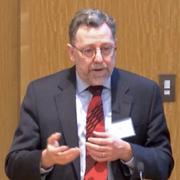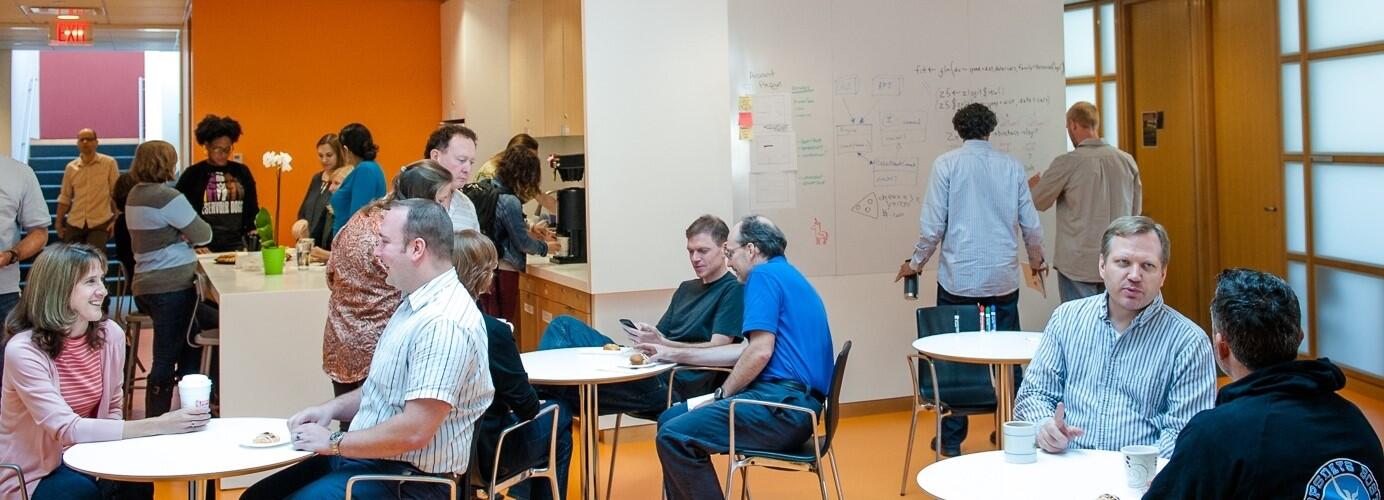
The Program on Survey Research (PSR) at IQSS convened an expert panel in February, to benchmark the emerging state of state of scientific research on internet survey methods at its annual conference. More than 100 guests—representing a diverse set of academic, non-profit, government, and corporate audiences, both at and outside of Harvard—attended "Measuring from a Distance: The Emerging Science of Internet-Based Survey Research" as experts in the field spoke about their work and potential directions for future research.
One of the key differences between web-based survey research and traditional approaches is the interview, explains Chase Harrison, Associate Director of the IQSS Program on Survey Research, who organized the conference with Peter Marsden, Edith and Benjamin Geisinger Professor of Sociology. Compared to telephone and face-to-face interviews, web surveys are usually self-administered; a researcher communicates visually through the survey, to which respondents then respond through a keyboard, mouse, or other input device. Consequently, emerging research examines survey psychology and the impact of visual design on survey responses, and conference discussions focused on web survey design and the science of survey measurement. Keynote speaker Roger Tourangeau (Westat) began the conference with observations on the advantages of web-based surveys, such as lower research costs and a reduced risk of misunderstood questions, as well as the sources of error in survey estimates, which researchers are now able to identify. Tourangeau has authored many research articles on the design of web surveys—and he is the lead author of a recent book on web survey design, The Science of Web Surveys—so his remarks also gave insight into key elements of visual design and the impact of the prominence or visibility of information on screen.
Fred Conrad (Univ. of Michigan) discussed interactivity in web survey, suggesting ways that incorporating such interactive elements as progress indicators or definitions of terminology in web surveys might improve or harm the quality of data. Leslie John (Harvard Business School) focused on elements of survey design which increase (or decrease) the willingness of respondents to disclose sensitive information in web settings. Michael Schober (New School for Social Research) reviewed a series of experiments which used virtual interviewers in an attempt to disentangle some of the differences between data collected by human interviewers and data from web surveys. Lee Rainie (Pew Internet and American Life Project) highlighted some challenges of using Internet-based approaches to collect data that are representative of large populations, and discussed a number of different approaches to improving the generalizability of internet survey data that have been attempted or proposed.
The Institute for Quantitative Social Science would like to thank the speakers, for their participation in the conference and their observations of the challenges and possibilities presented by the growing field of survey research, as well as all guests in attendance at the 2014 PSR Conference for joining in the discussion.




